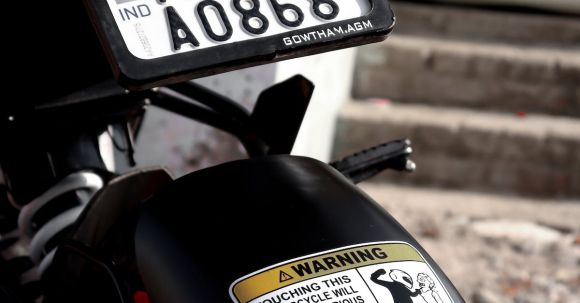Riding a motorcycle can be an exhilarating experience, but before you hit the open road, it’s important to understand the various motorcycle license classifications. Each classification corresponds to a specific type of motorcycle and comes with its own set of requirements and restrictions. By familiarizing yourself with these classifications, you can ensure that you’re properly licensed and prepared for a safe and enjoyable ride.
Class M1: The Basic Motorcycle License
The Class M1 license is the most common and basic motorcycle license classification. It allows you to operate any two-wheeled motorcycle or motorized scooter without restriction. To obtain a Class M1 license, you must first pass a written knowledge test and a skills test. The knowledge test covers topics such as motorcycle operation, traffic laws, and safety guidelines. The skills test assesses your ability to handle a motorcycle in various situations, including maneuvering through cones and making turns.
Class M2: The Motorcycle Endorsement
If you already have a Class C driver’s license and want to ride a motorcycle, you can obtain a Class M2 endorsement. This endorsement allows you to operate any motor-driven cycle, motorized scooter, or moped. Unlike the Class M1 license, the Class M2 endorsement does not permit you to operate a full-sized motorcycle. To obtain a Class M2 endorsement, you must pass a written knowledge test that specifically covers motorcycle-related topics.
Class M3: The Three-Wheeled Motorcycle License
For those who prefer the stability of three wheels, the Class M3 license is the way to go. This license classification allows you to operate a three-wheeled motorcycle or a motorcycle with a sidecar. To obtain a Class M3 license, you must pass a written knowledge test and a skills test that are specifically designed for three-wheeled motorcycles. These tests assess your ability to handle the unique characteristics of these vehicles, such as turning and braking.
Class CM1: The Combination License
If you want the freedom to operate both a motorcycle and a commercial vehicle, you can obtain a Class CM1 license. This combination license allows you to operate any two-wheeled motorcycle or motorized scooter, as well as any commercial vehicle that your regular Class C license permits. To obtain a Class CM1 license, you must pass the appropriate written knowledge tests and skills tests for both the motorcycle and commercial vehicle components.
Class CM2: The Combination Endorsement
Similar to the Class CM1 license, the Class CM2 endorsement allows you to operate both a motorcycle and a commercial vehicle. However, instead of obtaining a separate license, you simply add the endorsement to your existing Class C driver’s license. This endorsement permits you to operate any motor-driven cycle, motorized scooter, or moped, as well as any commercial vehicle that your regular Class C license permits. To obtain a Class CM2 endorsement, you must pass the appropriate written knowledge test for the motorcycle component.
In conclusion, understanding the different motorcycle license classifications is crucial for any aspiring motorcycle rider. Whether you’re looking to ride a basic motorcycle, a three-wheeled vehicle, or a combination of a motorcycle and a commercial vehicle, there’s a license classification that suits your needs. By familiarizing yourself with the requirements and restrictions of each classification, you can ensure that you’re properly licensed and ready to hit the road with confidence. So, take the time to study and prepare for the necessary tests, and soon you’ll be cruising on your motorcycle, enjoying the freedom of the open road.
